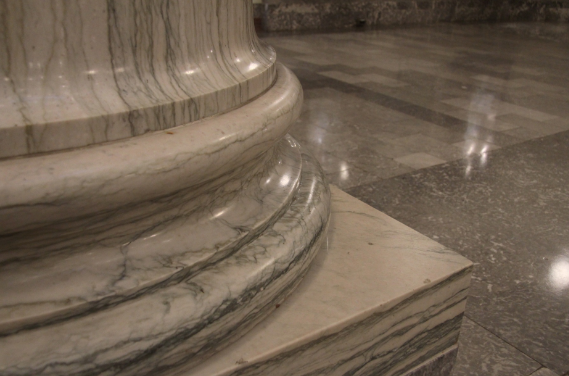 The process of refinishing marble involves some different steps that may be done to restore its former luster. These steps include sanding, sealing, and etching. This article explains the different steps involved in marble refinishing Manhattan, NY. Before beginning, read the following materials and information carefully to understand their benefits. Then, for best results, follow the instructions for each step as carefully as possible.
The process of refinishing marble involves some different steps that may be done to restore its former luster. These steps include sanding, sealing, and etching. This article explains the different steps involved in marble refinishing Manhattan, NY. Before beginning, read the following materials and information carefully to understand their benefits. Then, for best results, follow the instructions for each step as carefully as possible.
Stone restoration
Mechanical abrasion removes scratches and other surface damage to restore polished marble or natural stone. Another name for this is diamond grinding. Natural stone naturally reflects light. Thus no topical wax or coating is necessary to provide the ideal sheen. Only a reputable stone restoration business can carry out the procedure of restoration. A housekeeping or maintenance service won’t have the right equipment or expertise to repair genuine stone. It is not claimed that this is crucial for these kinds of businesses. The expertise, tools, and experience required to comprehend and deal with stone effectively are more expensive than the ordinary cleaning firm can afford to pay to retain competent personnel.
Sanding
Before sanding, marble surfaces need to be cleaned thoroughly. Dust can easily settle into the marble and may need to be removed again. Do not use floor wax on marble as it may clog the abrasive disks and render the marble useless. Vacuum thoroughly. After sanding, apply a marble sealer liberally. Avoid using acids when cleaning the marble, as acidic cleaners can etch the surface.
Marble refinishing requires a few steps, including sanding the surface and buffing it with a polishing paste. The polishing paste will leave a beautiful, shiny finish. Finally, a marble sealer will prevent stains and scratches in the future. Minor marble chips can also be repaired using a marble repair kit, which typically costs between $35-$100. Once the marble has been repaired, the marble floor can be refinished to maintain its luster.
Sealing
After refinishing your marble floors, you can seal them to protect them from future damage. Apply the sealer in thin layers and wipe to ensure it penetrates the stone’s pores. Once you’ve applied the sealer, work it into the marble by buffing it with a lint-free cloth. Do not let the sealer dry completely, or it will turn milky white. Instead, let the sealer cure overnight or according to the manufacturer’s instructions.
After refinishing your marble floors, you can seal them to prevent grime from penetrating deep into the crevices. This way, you will have to do less scrubbing down the road. After all, who wants to walk on dirty marble floors? It is why marble sealants are so important. Proper ventilation is essential for this process. By sealing your marble floors, you’ll be able to get back their original look and feel. Not only will this protect your marble floors, but it will make your marble installation spaces more attractive.
Etching
If you want to refinish your marble countertops or floors, you need to remove the etch marks before proceeding with the refinishing process. It can be accomplished using an etch remover. The product is a powder that polishes the marble surface and removes the etch marks. However, it is not effective on granite and quartz-based stones. Therefore, you should buy it in 8-ounce weight. This way, you will not waste a lot of a product.
The most common cause of etch marks on marble is acids and liquids that soak into the stone. The acidic liquid reacts with the calcium carbonate and leaves a dull spot, known as an etch mark. It is important to note that even if you seal your marble, it still is susceptible to etching. That means you will need to be careful with cleaners and avoid acidic foods.
